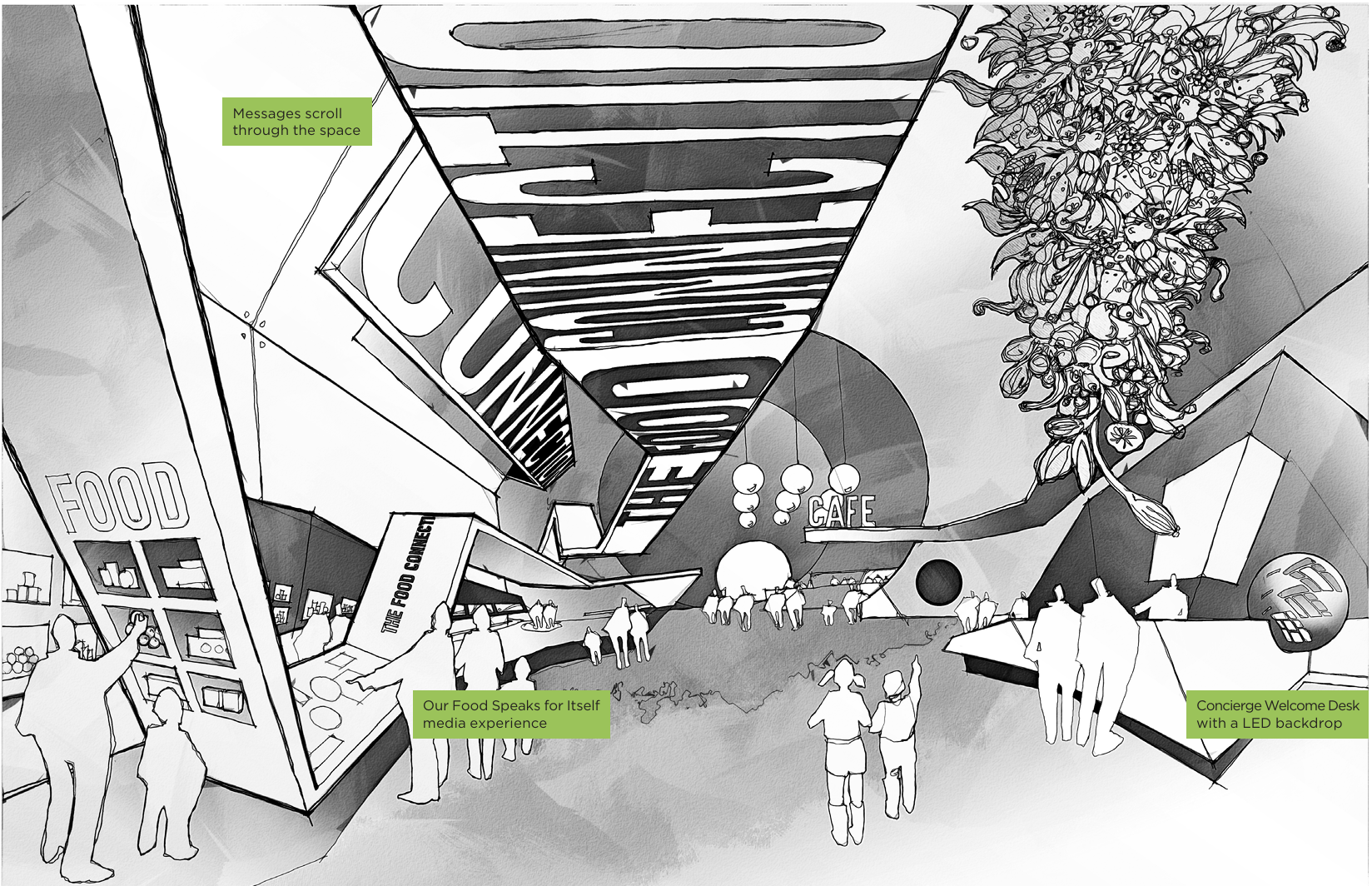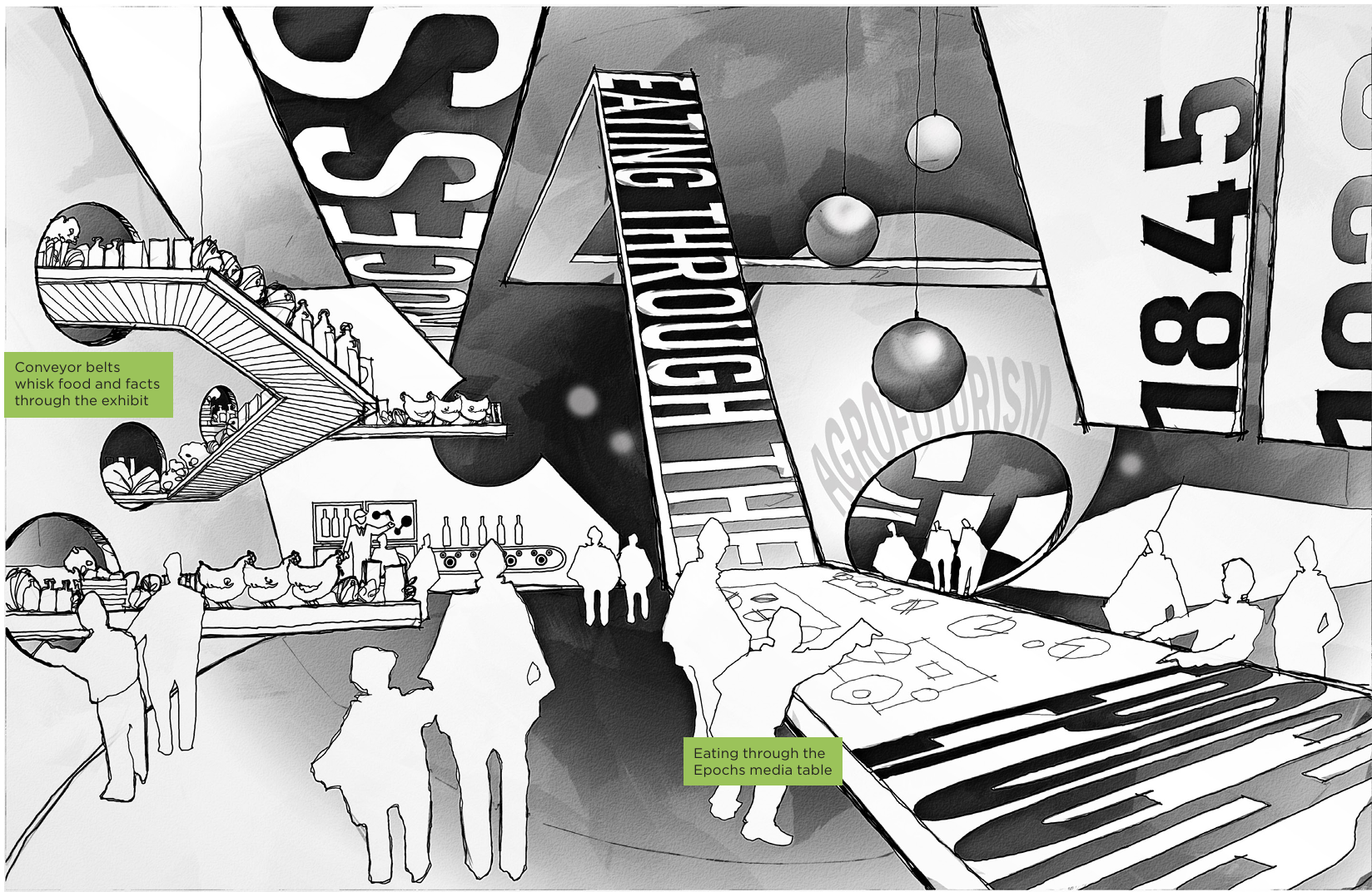National Food Museum™
Exploring Food in All Its Dimensions
History • Culture • Nutrition • Farming • Climate Change/Environment • Social Justice • Animal Welfare
Our Mission
To celebrate and explore the transformative power of food to nourish people and our planet.
Food is culture, it is health, it is the environment, and it is community. The new food museum will celebrate the power of food to uplift, nourish, and inspire - and encourage us to come together to promote good health and protect our planet.
- Chef José Andrés
Our Mission
To celebrate and explore the transformative power of food to nourish people and our planet.
Food is culture, it is health, it is the environment, and it is community. The new food museum will celebrate the power of food to uplift, nourish, and inspire - and encourage us to come together to promote good health and protect our planet.
Chef José Andrés
Our vision
A world where food and how it is grown contributes to healthy people, a sustainable planet, and a more vibrant culture.
Our goal
A peek into the future National Food Museum

The Museum’s exhibits and programs will inspire visitors to consider various aspects of food, including its journey from production to consumption to the landfill, its impact on health and the environment, and the joy of cooking.
Our goal is to foster a community committed to addressing local, national, and global food-related challenges.

What people are saying
Smithsonian’s Lemelson Center for the Study of Invention and Innovation
Ways to get involved
Please keep me posted
Your early financial support will help launch the museum!

